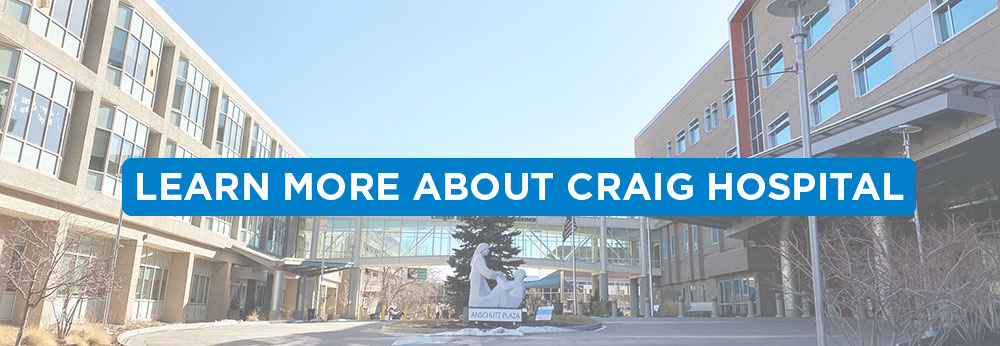
Vision is one of our primary senses and is used continuously to gather information during functional activity. The visual system is a sensitive and highly complex neural network that provides the sensory input required to interact with our dynamic environment, in addition to all eye movements. It is important to understand and recognize common vision impairments and the importance of early intervention. Summarize the major areas of cognition that are assessed following an acquired brain injury
- Review of basic vision anatomy
- Recognize common acquired brain injury-related vision impairments
- Describe benefits of early intervention/management for improved rehabilitation participation
- Identify helpful vision-related remedial and compensatory interventions
About the Speakers

Amy Berryman, OTR, MSHSA:
Amy Berryman has worked throughout the continuum of care in traumatic brain injury for over 20 years, including inpatient, outpatient, and transitional living settings. She has presented extensively on vision rehabilitation in acquired brain injury and has published in the areas of vision, interdisciplinary team approaches to rehabilitation, and vocational rehabilitation. Additionally, she has advanced training in NDT techniques, serial casting, and other modalities to facilitate neuro-muscular recovery. Amy completed her occupational therapy degree in 2000 at the University of Oklahoma and graduated with her master’s degree in health services administration from Regis University in 2007. She is an adjunct professor for the Creighton University occupational therapy program, facilitating the neurorehabilitation lab coursework for their Colorado cohort.
Karen Rasavage, OTR/L, CBIST:
Karen Rasavage currently works as an Interdisciplinary Education Coordinator and Vision Clinic Coordinator at Craig Hospital. She graduated from the University of Oklahoma in 1999 and has worked throughout the acquired brain injury continuum of care. She specializes in collaborating with neuro-optometrists and places emphasis on integrating occupational therapy concepts, such as sensory integration and activity analysis, into visual rehabilitation with children and adults following brain injury. She also has specialized training in NDT, Kinesiotaping, and SAEBO applications for enhanced upper extremity functioning. Karen has been published in the areas of interdisciplinary rehabilitation, vocational rehabilitation, and vision.
CEU Credits
Craig Rehab U has partnered with CEU Institute to offer this course via live webinar and it is currently in pending status.
Courses are one hour in length.
Craig Rehab U webinars provide credit* for SLP, Workers' Compensation Adjusters, Nurses, Certified Case Managers, and Certified Rehab Counselors are eligible for 1 CE credit for each 1-hour course.**
*Credits will be provided by our partner, CEU Institute.
** Credits for Nurses: RN, LPN, ARNP and CNA, CCM and CRC: Nationwide.
SLP: AK, CA, CO, KS, MO, MT, ND, NV, SD, TX
Adjusters: AK, AL, AR, DE, FL, GA, ID, IN, KY, LA, MN, MS, MT, NC, NM, OK, TX, UT, WA, WY
(Certificates Only): AZ, CA, CO, CT, DC, HI, IA, KS, MA, MD, ME, MI, MO, ND, NE, NJ, NM, NV, NY, OH, OR, PA, RI, SC, SD, TN, VA, WI, WV

